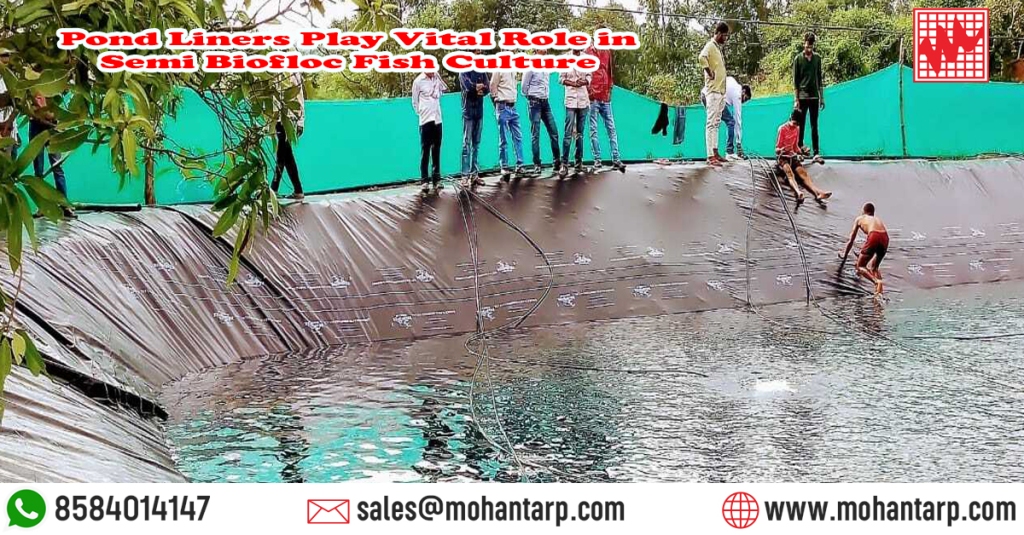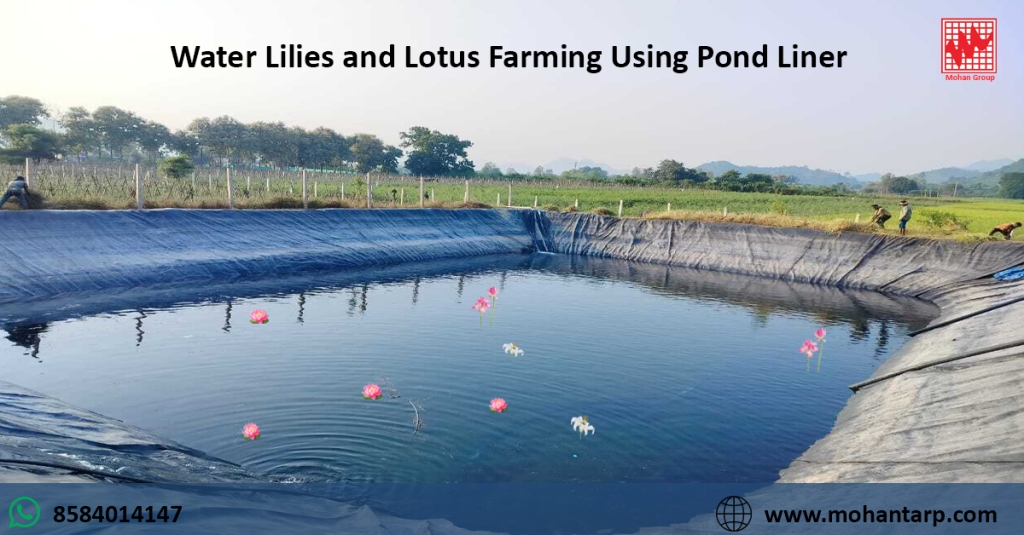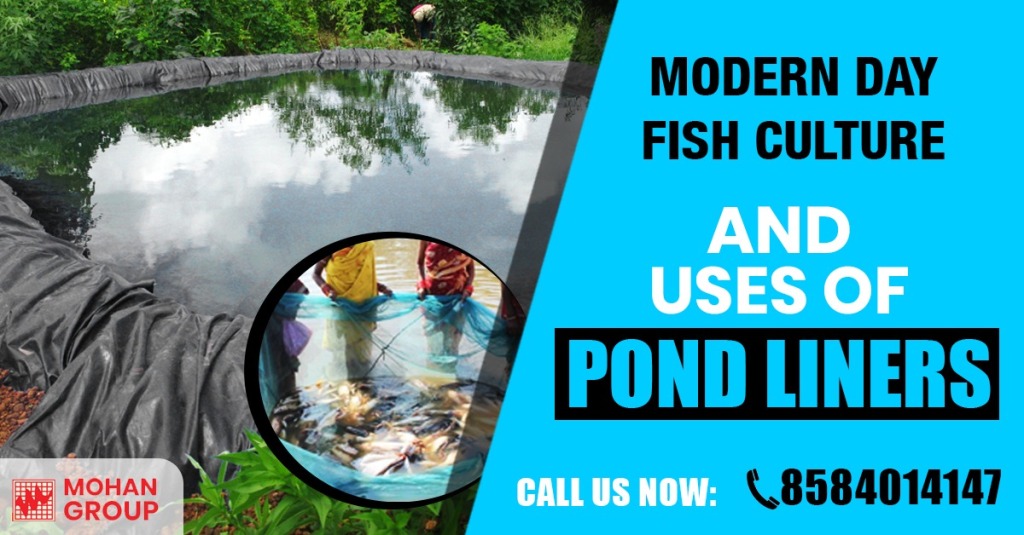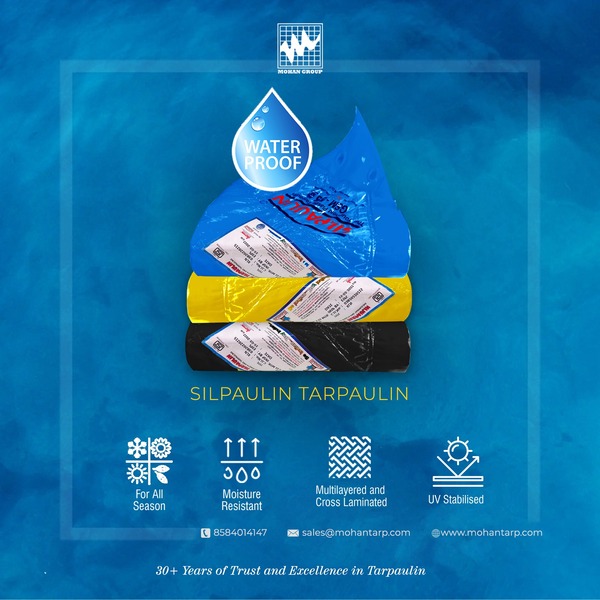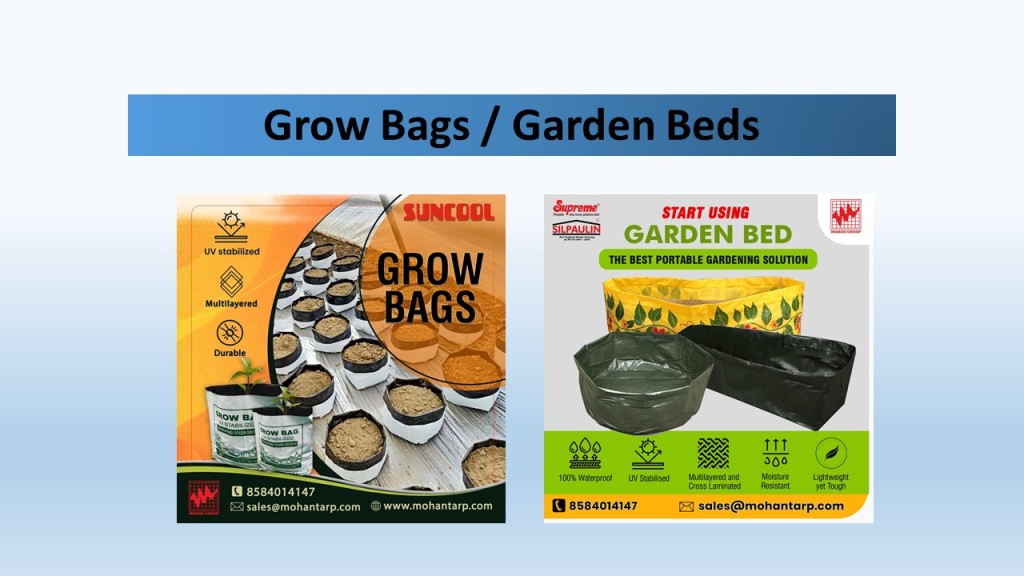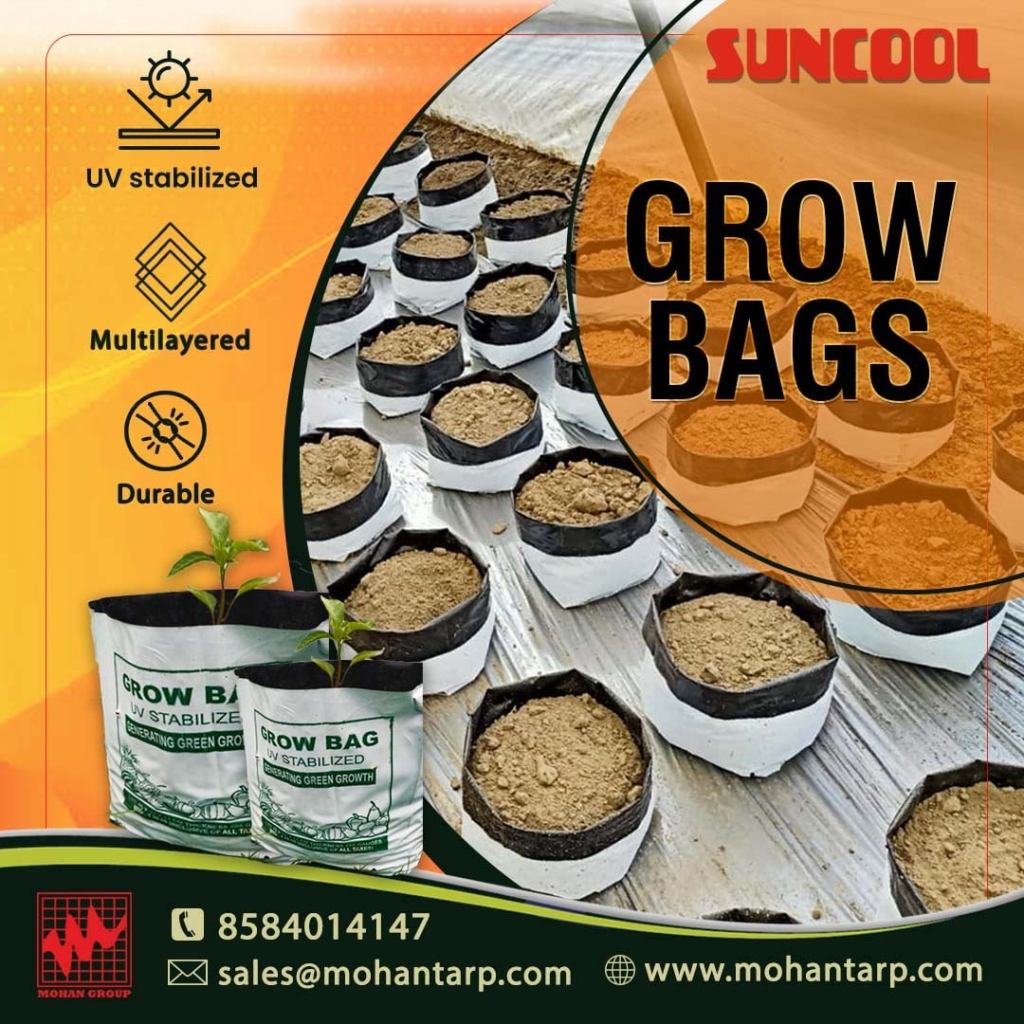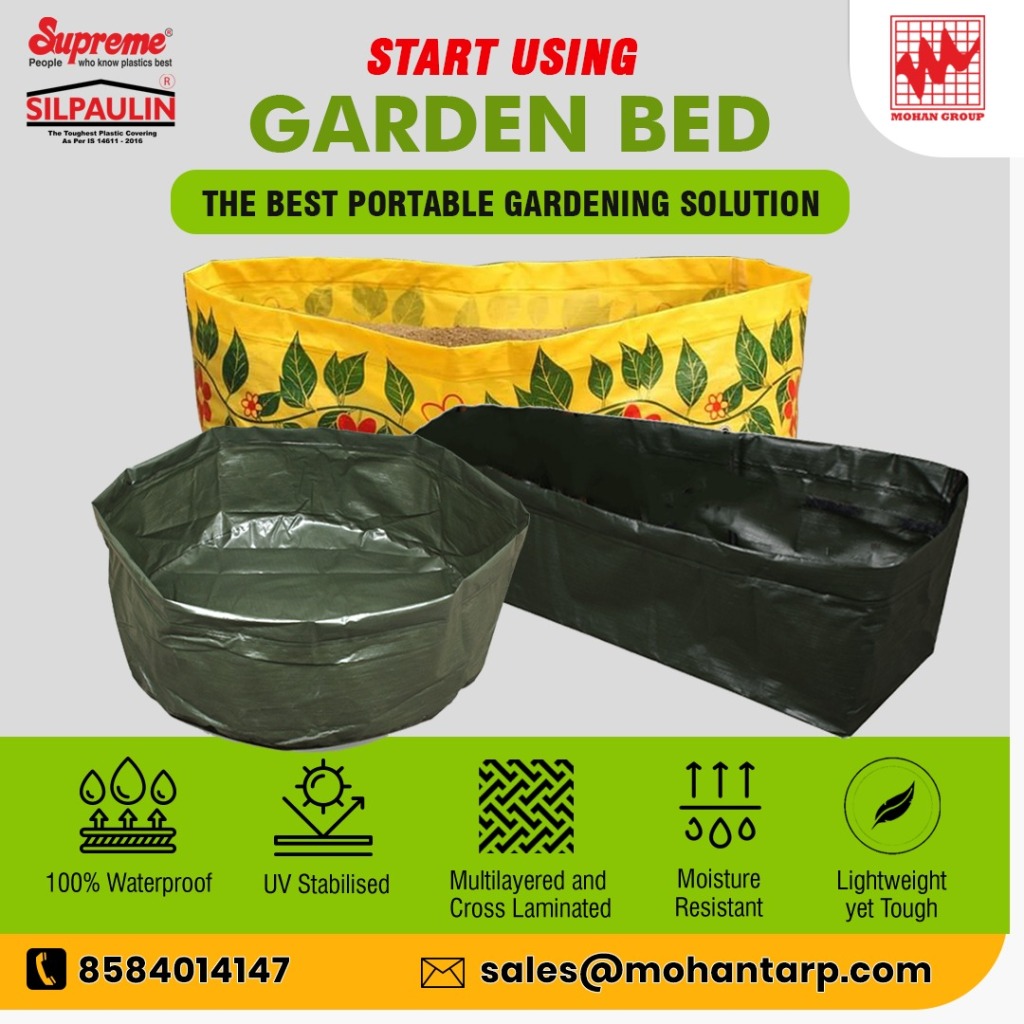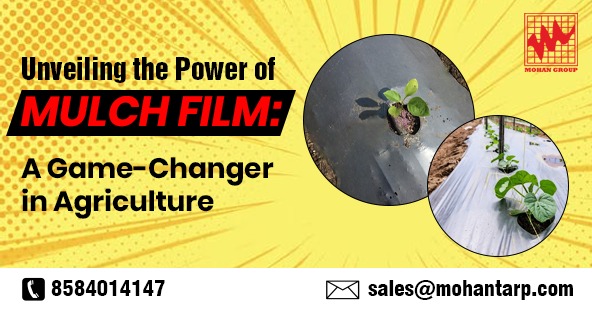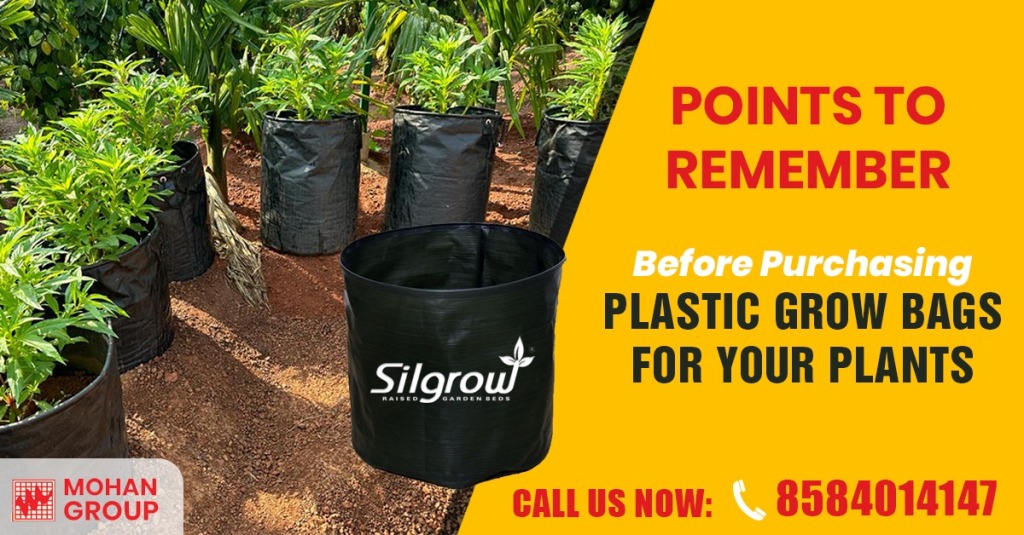
What is Grow Bags?
Now a days Grow Bags plays a vital role to growing your pants. Plastic grow bags have become a popular choice for gardeners. It provides excellent aeration and drainage for strong healthy root systems. The eco-friendly design makes it reusable and can be folded flat for storage. Plant grow bags helps for better plant health and proper drainage. It is also highly recommended between crop seasons to avoid pest infestation and plant diseases, enhanced root penetration, minimizes transplant shock, increased porosity, helps for better irrigation.
Benefits of Plant Grow Bags-
Gardening Grow Bags made from fabric, plastic, or a biodegradable material, provide an adaptable and efficient way for growing plants, including vegetables, fruits, flowers, and herbs.
Grow Bags have several benefits such as –
- Enhanced Root Health
- Improved Drainage
- Temperature Control
- Versatility & Portability
- Ease of Storage
- Cost-Effectiveness
Advantages of Using Grow Bags –
- Flexibility
- Reduce Overwatering
- Air Pruning
- Easy Storage Capacity
- Aids in Disease Prevention
- Enhanced Plant Growth
- Space Efficiency
- Versatility & Mobility
- Sustainability
- Temperature Control
- Grow bags are the best choice for such a Controlled Environment
What Can Grow in a Grow Bag –
You can grow most of the vegetables, root plants as well as fruits plants like –
- Herbs
- Basil
- Eggplants
- Grass
- Chilli
- Tomato’s
- Cucumber
- Leafy vegetables etc.
Sizes of Grow Bags available with us –
LDPE 150 Micron Grow Bags – 40 cm x 24 cm x 24 cm, 35 cm x 20 cm x 20 cm
HDPE 150 GSM Grow Bags – 6.7 “dia x 9.85 “height, 9” dia x 9.85” height, 11” dia x 9.85” height, 10.2” dia x 14.5” height and 13.4” dia x 11.5” height.
HDPE 90 GSM Grow Bags – 0.5 lit capacity 167 pieces in /kg, 1 lit capacity 125 pieces / kg, 2 lit capacities 91 pieces /kg
Multilayer Grow Bags – 15″ Dia x 6″ Height, 2″ Dia x 4″ height, 9″ Dia x 9″ height, 15″ Dia x 9” Height, 18″ Dia x 6″ Height, 18″ Dia x 9″ Height, 12″ Dia x 12″ Height, 6″ Dia x 6″ height, 12″ Dia x 9″ Height, 12″ Dia x 6″ height, 12″ Dia x 15″ height, 12″ Dia x 18″ Height, 15″ Dia x 12″ Height, 15″ Dia x 15″ height.
